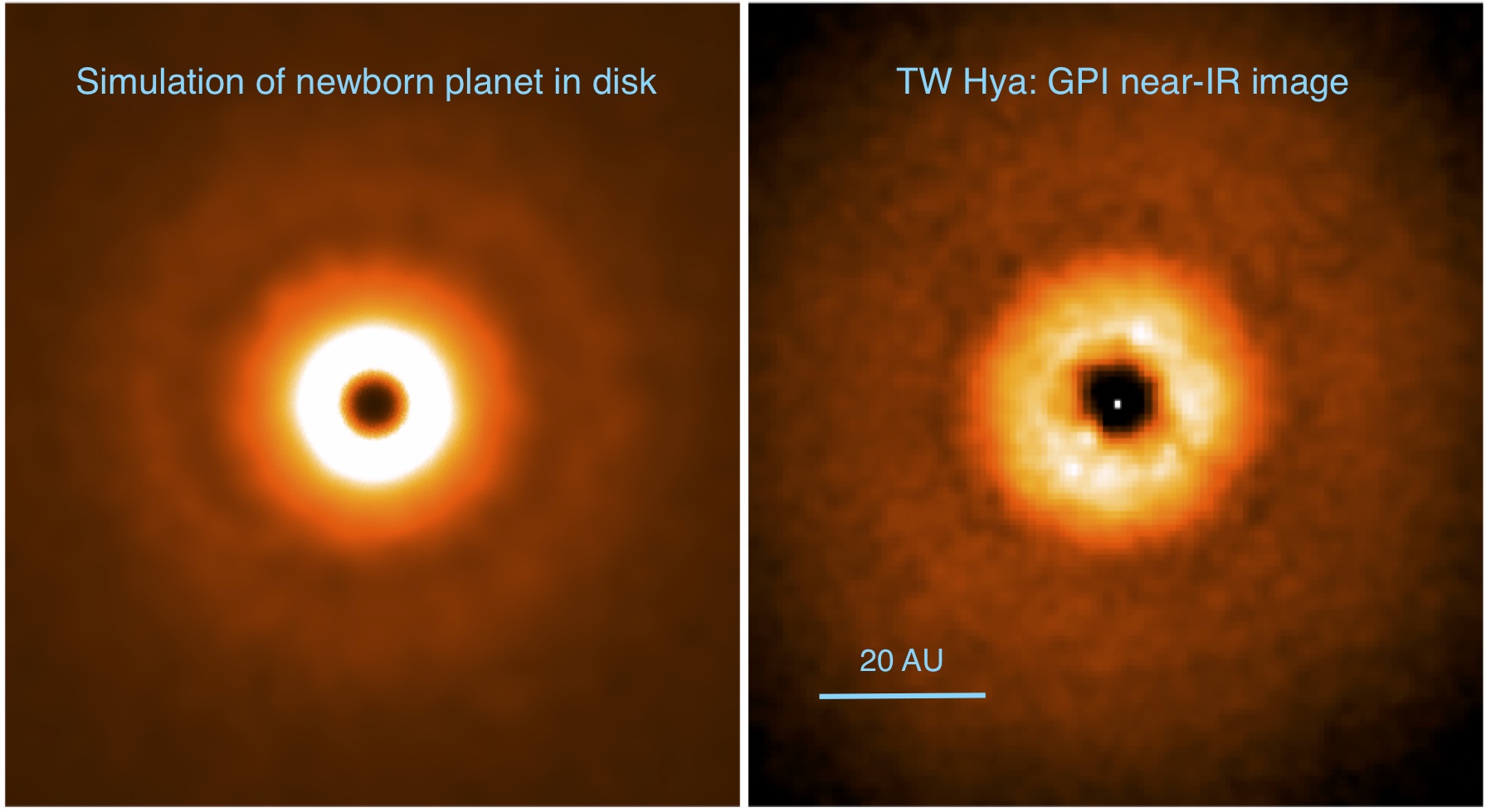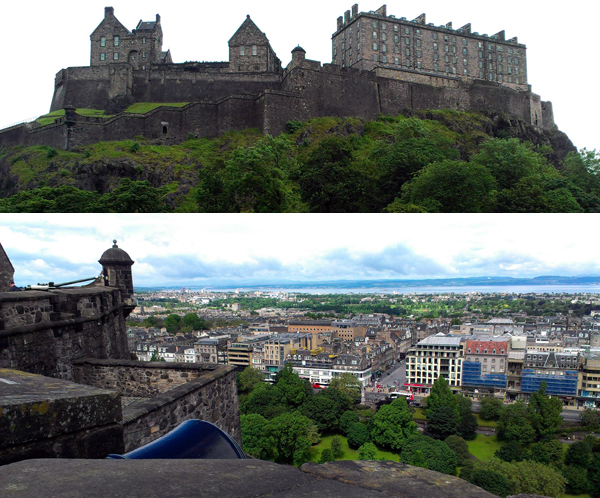Hello GPI fans! We are just wrapping up our cloudy, snowy May 2016 GPIES observing run. While the weather wasn’t the best, we accomplished what we could in between the clouds. We also enjoyed the fact that this was the first all-woman run that any of the 5 of us had ever been on. It was a celebration of women in astronomy!
Winter in Chile means snow in the high mountains to the East, as well as a chance of snow at the slightly lower telescope mountains. Here is a wintery view out my window on the plane ride in:
When we arrived at Gemini we were happy to see the cute little zorro that hangs out around the dorms:
We got a tour of the telescope. It was the first time GPIES student Sarah Blunt had been to Chile, and the rest of us enjoy seeing Gemini again anyway.

Gaetano gave us a tour of the telescope. Here we are going up the stairs from the dome floor to the platform.

The observing team for the May 2016 GPIES run. From left: Kate Follette, Kim Ward-Duong, Sarah Blunt, Jenny Patience, and Katie Morzinski
Jenny and Kate led the team and the run, while Kim and Sarah and I were there to help out. We also had assistance on-site from Gemini scientist and GPIES team member Fredrik Rantakyro, as well as other Gemini staff. Remote support was provided by GPIES team members Vanessa Bailey, Rob de Rosa, Jeff Chilcote, and Bruce Macintosh on the Polycom, and others by email and Slack. The reason for such a large complex team is that we optimize the observing campaign to maximize the chance of finding planets.
What does observing for the GPIES campaign involve? Well, 1 person selects targets and directs the night (this was Kate and Jenny), 1 person runs GPI and takes the data (this was Kate and me), 1 person records the log and updates the team (this was Sarah and Kim and me), 1 person runs the pipeline and evaluates the quality of the data (this was Kim and Kate), and 1 person synthesizes and analyzes the progress and makes the big decisions about how best to optimize our time (this was mostly Jenny and a bit Kate).
What are these big decisions about how to best optimize our time? For example, one night the clouds had cleared up a bit but the seeing wasn’t that great, so I took a few data sets while Kim, Kate, and Sarah evaluated the data quality. Then Jenny was comparing our data quality to histograms made by GPIES team members Rob de Rosa and Abhi Rajan to determine whether our data quality was good enough to improve the chances of detecting a planet around the star in question. It was not, so we decided to hand the next hour of observing over to Fredrik to run a GPI queue program. This optimizes use of the telescope for everyone, because we can try to observe that particular star on a different night, while Gemini can get some good science out of its poorer weather by observing targets for a program that doesn’t require the best conditions.
Well, in astronomy as in life, you never know what Mother Earth is going to throw at you. Unfortunately, this run we had a lot of weather, meaning clouds that make for beautiful photos but poor observing:

Virgas* streaming down from the clouds (*A virga is an observable streak or shaft of precipitation, whereas a viga is a wooden beam characteristic of adobe buildings of the southwestern United States and northern Mexico.)
Finally, on the second-to-last day it started snowing, so we had to write off our last night, and chose to head down the mountain a day early to ensure we would catch our flights, since the snow meant the dome would be covered and would not be able to open that night:
The weather was disappointing, but I did have a good time helping out run GPI and discussing the finer points of AO with Vanessa and planet-finding with Jenny, Kate, Kim, and Sarah. The complex GPI instrument and GPIES campaign are made possible by a great collaboration that communicates well to make the best use of our time and observing conditions. Better luck next run, GPIES!
Source: blog











